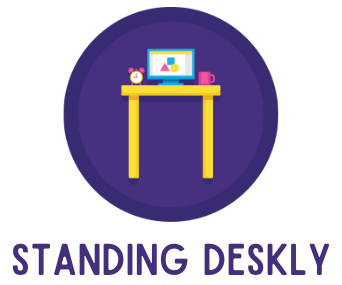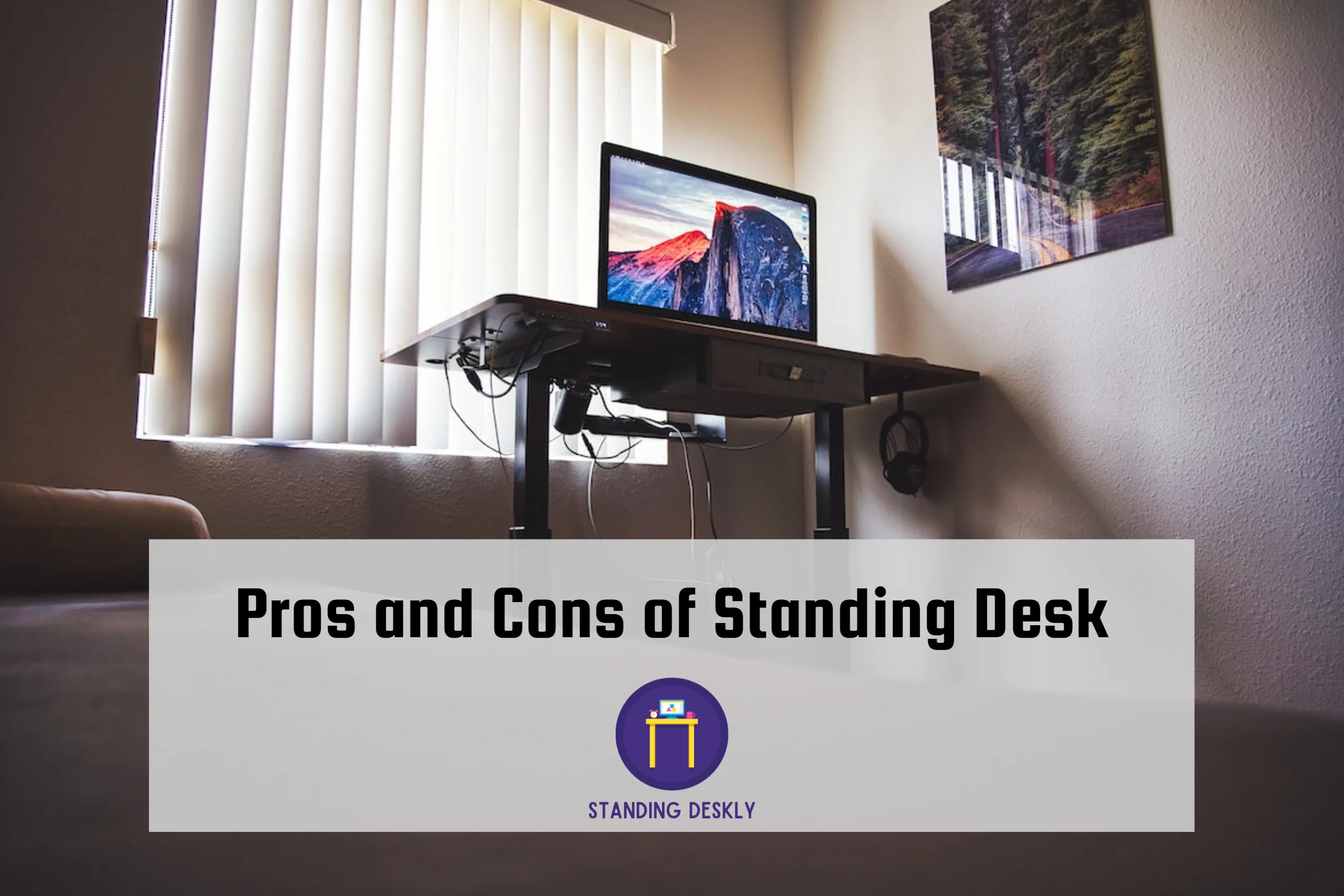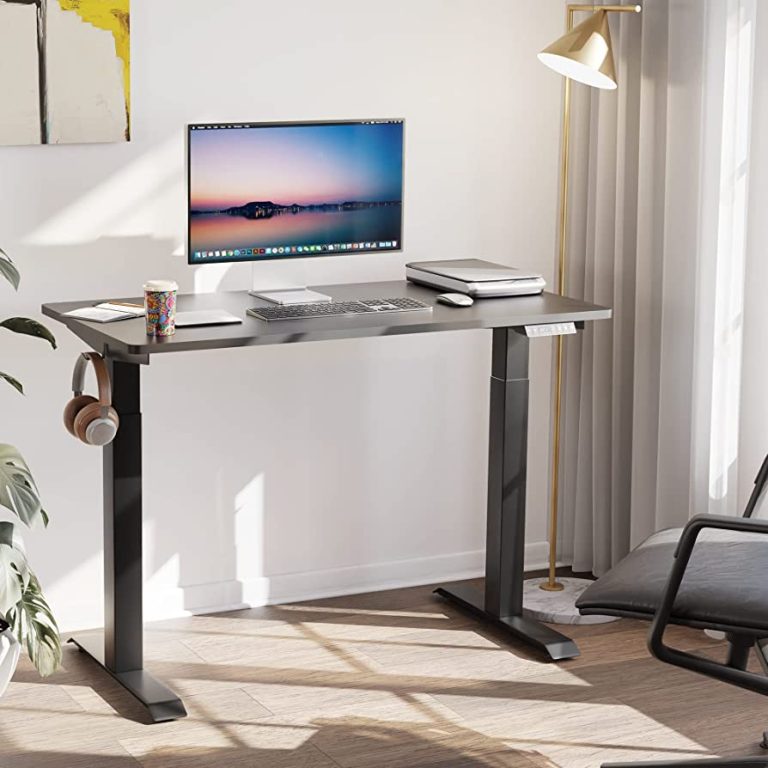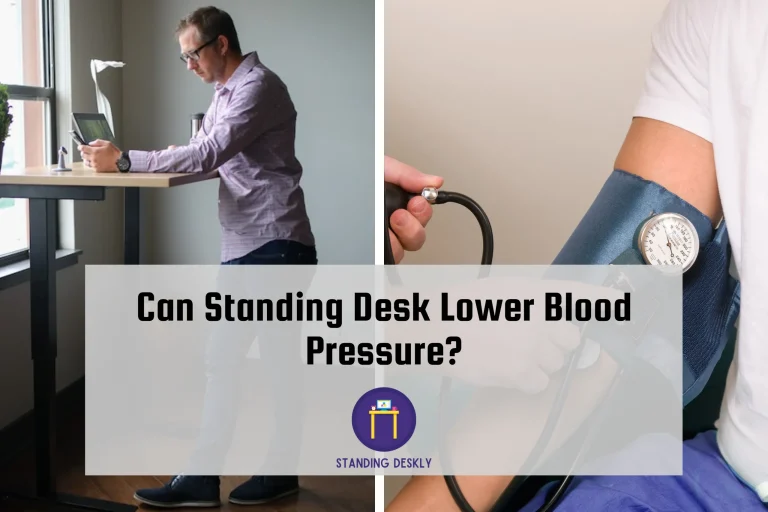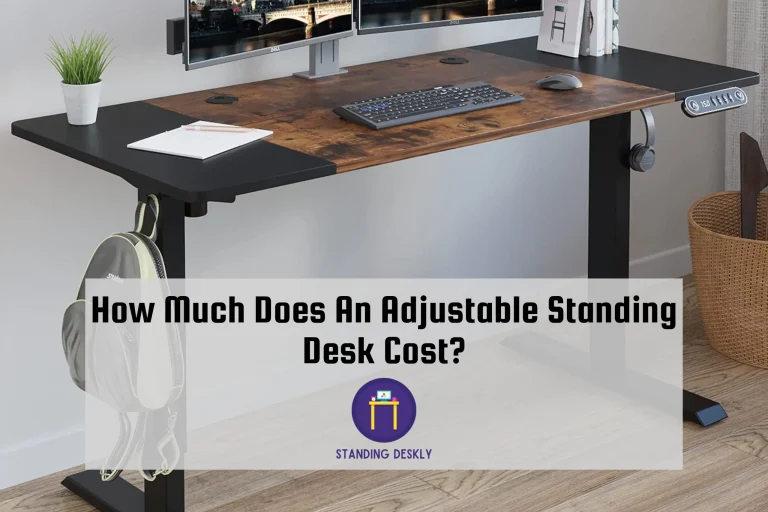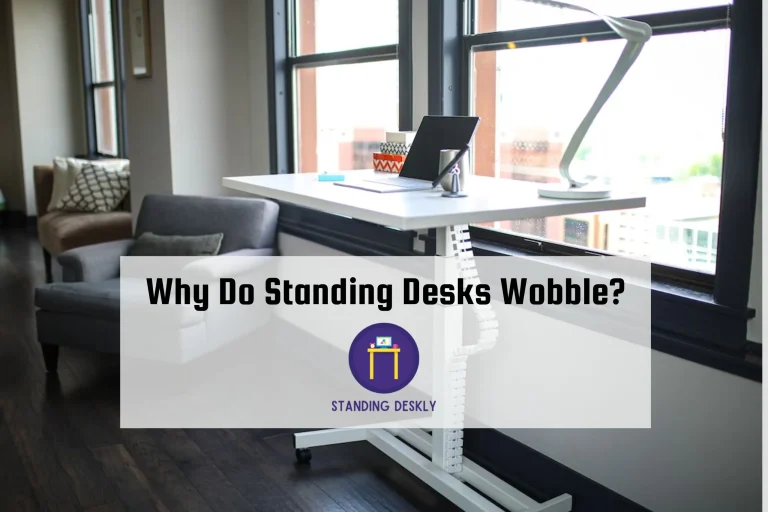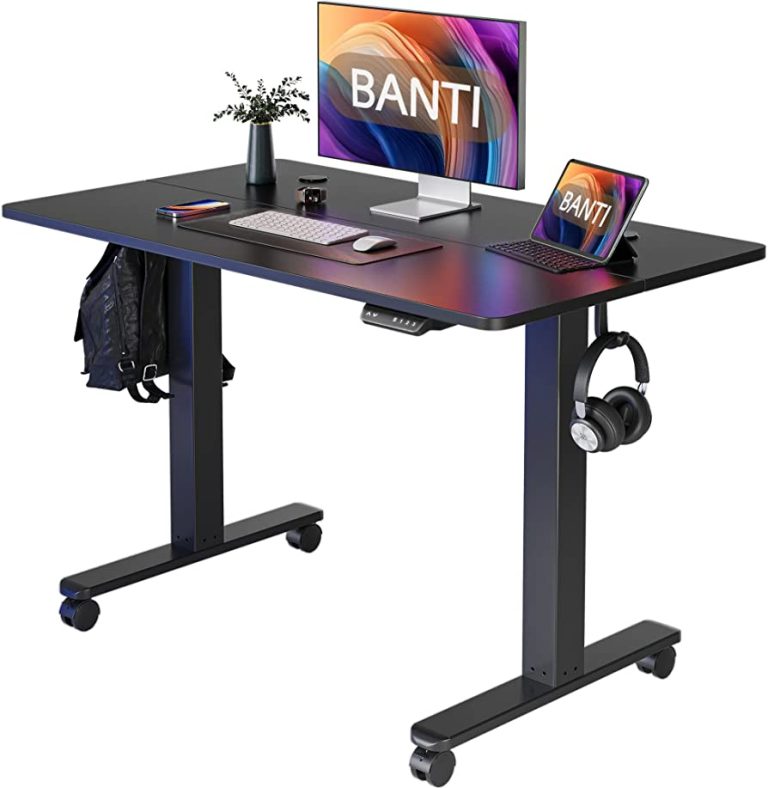Pros and Cons of Standing Desk
The sedentary lifestyle we lead has resulted in an increase in popularity of products like standing desks, which help improve posture and promote movement during the day. But like with any product, there are always pros and cons to consider before making a purchase. This post examines the pros and cons of a standing desk to help you decide if it’s suitable for you.
Pros of Standing Desk
Pros#1: Standing Desks Boost Productivity and Cognitive Function
If you’re looking to boost your productivity and cognitive function at work, a standing desk may be just what you need. Research has shown that standing workstations can actually help engage your brain and increase focus, leading to improved performance and higher levels of output. Standing increases blood flow, which can boost cognitive health and help you stay mentally sharp at work. If you want to boost your productivity and enhance your cognitive abilities at work, you should definitely consider using a standing desk because it offers many benefits.
Pros#2: Standing Promotes Calorie Burning and Increases Blood Flow
Continuing with our discussion on the benefits of a standing desk, let’s talk about how it promotes calorie burning and increases blood flow. As we’ve mentioned earlier, standing up increases your body’s calorie-burning potential compared to when you’re sitting. Alternating between sitting and standing can help you burn even more calories throughout the day. On top of that, standing also promotes blood flow and stretches your muscles, which can help reduce the risk of cardiovascular disease and certain cancers. This can even lead to better posture and energy levels, which are crucial factors in boosting your productivity and cognitive function. A standing desk may help you stay active and reduce the negative effects of sitting for too long at work.
Pros#3: Standing Desks Can Help Alleviate Back Pain
If you suffer from back pain, a standing desk may provide some relief. According to studies, using a standing desk can reduce neck and back pain by up to 50%. Standing can stretch and strengthen muscles in your back, reducing discomfort in your lower back. Additionally, by standing at your desk, you’re promoting good posture and taking pressure off your spine. While a standing desk may not be a cure-all, it’s a simple way to help ease back pain and promote better health. So, why not try switching up your workspace and investing in a standing desk? Your back just might thank you.
Pro #4: Increased Energy
Another advantage of using a standing desk is increased energy levels. Long periods of sitting can make you feel tired and sluggish, while standing helps increase blood flow and oxygen circulation, providing an energy boost. When you feel more energetic, you may be more motivated and productive in your work, which can lead to a more efficient work day. Standing desks can decrease midday slumps and increase productivity, making them an excellent choice for those who need to focus and stay alert throughout the day. By switching between seated and standing positions throughout your day, you can maintain your energy levels and stay focused on your tasks.
Cons of Standing Desk
Cons#1: Standing for Extended Periods Can Cause Leg and Foot Pain
Standing desks have many advantages, but one major drawback of standing for extended periods of time is the potential for leg and foot pain. As you stand, pressure builds up in your knees, hips, and feet, which can cause discomfort and pain. This is especially valid for individuals who are unaccustomed to prolonged standing or have pre-existing conditions such as arthritis or plantar fasciitis. If you experience pain while standing, consider wearing comfortable shoes and making use of anti-fatigue mats or footrests. It may also be beneficial to switch between sitting and standing throughout the day to give your legs and feet a break. Be mindful of these potential drawbacks and take steps to mitigate them so that you can fully enjoy the benefits of standing desks.
Cons#2: Standing Desks may put Pressure on Knees and Ankles
Another potential downside of investing in a standing desk is that it can put pressure on your knees and ankles. While standing for short periods can do wonders for productivity and calorie burning, prolonged use can be hard on your body. Much like sitting, it can aggravate bad posture – except in this case, it puts even more pressure on your joints. If you’re not used to standing for long periods, you might also experience foot pain. One way to make the transition gentler is to opt for a sit-stand desk, which allows you to switch between positions throughout the day. As with any major purchase, it’s essential to weigh the pros and cons before making a decision. Although the standing desk is considered supportive furniture, it’s crucial to evaluate your body’s requirements before transitioning.
Conclusion: Evaluate Benefits & Drawbacks
In evaluating the benefits and drawbacks of standing desks, it is important to weigh the potential advantages against the potential risks. On the positive side, standing desks can boost productivity and cognitive function, promote calorie burning and blood flow, and alleviate back pain. Standing throughout the day can also provide increased energy and reduce the risk of physical problems like headaches and neck pain. Prolonged standing can lead to discomfort in the legs and feet, and potentially stress the knees and ankles. Ultimately, the decision to use a standing desk should be based on individual needs and preferences. Consider factors like comfort, productivity, and any preexisting health conditions before making a decision. A standing desk can improve health and productivity, but evaluate pros and cons before deciding.
Resource Links

I’m the author and developer of Standingdeskly, the go-to site for standing desk enthusiasts. I provide comprehensive reviews of standing desks along with office setup tips. Combining years of research and personal experience, our goal is to make it easy for you to find the perfect standing desk tailored to your needs.
